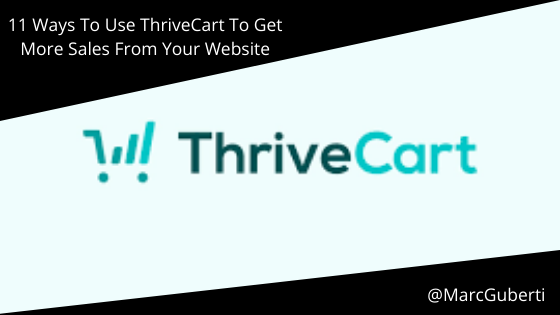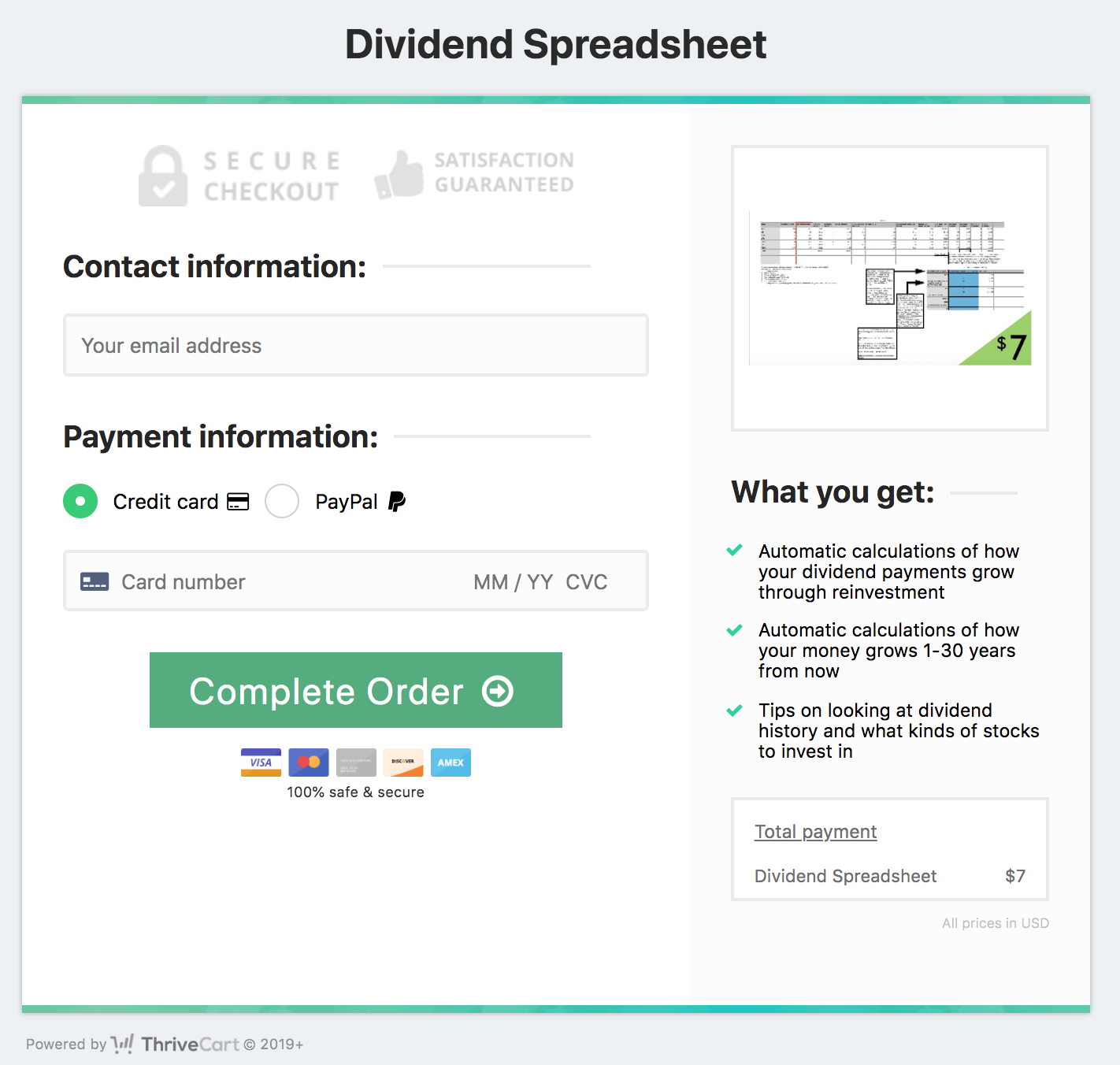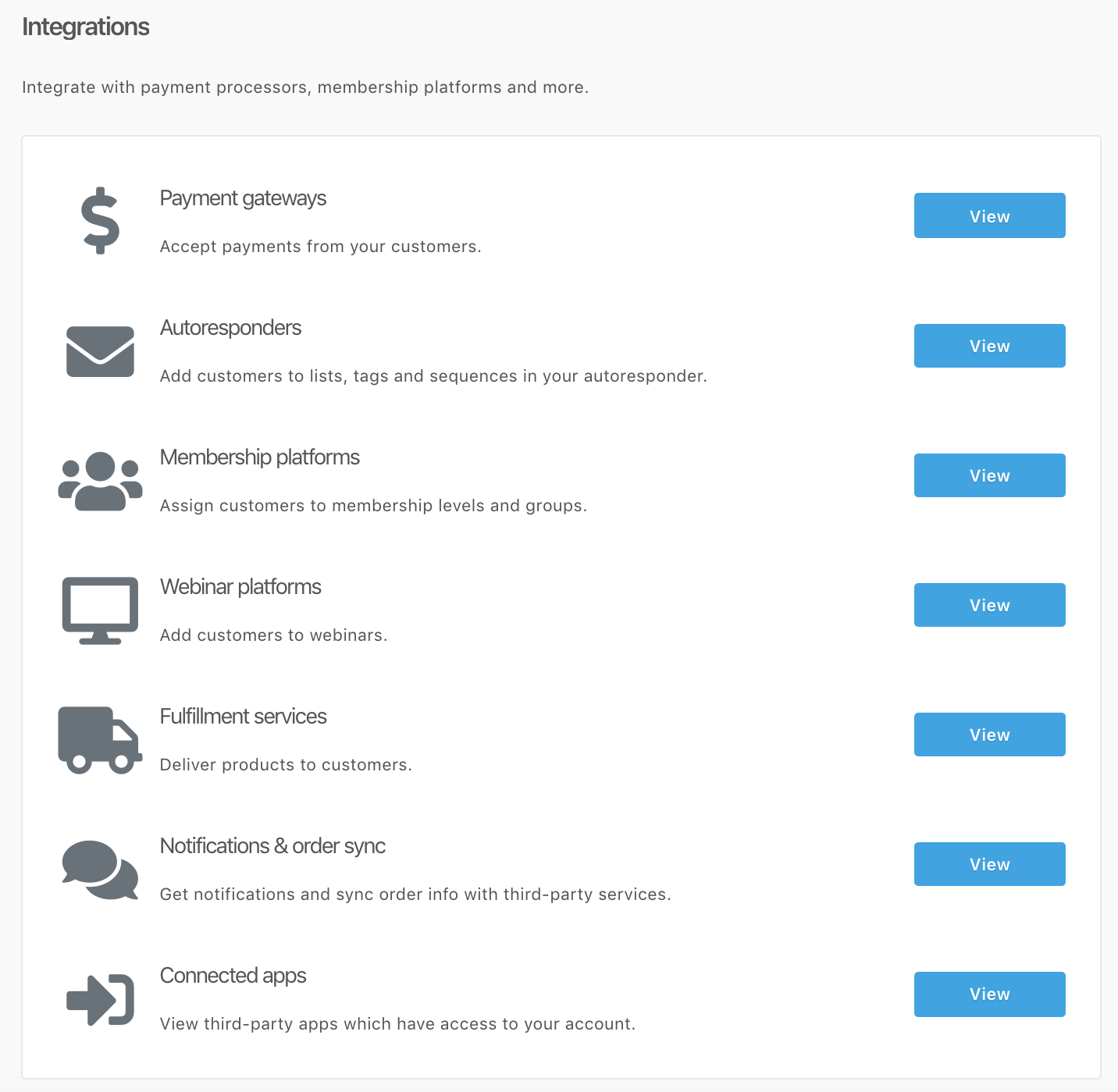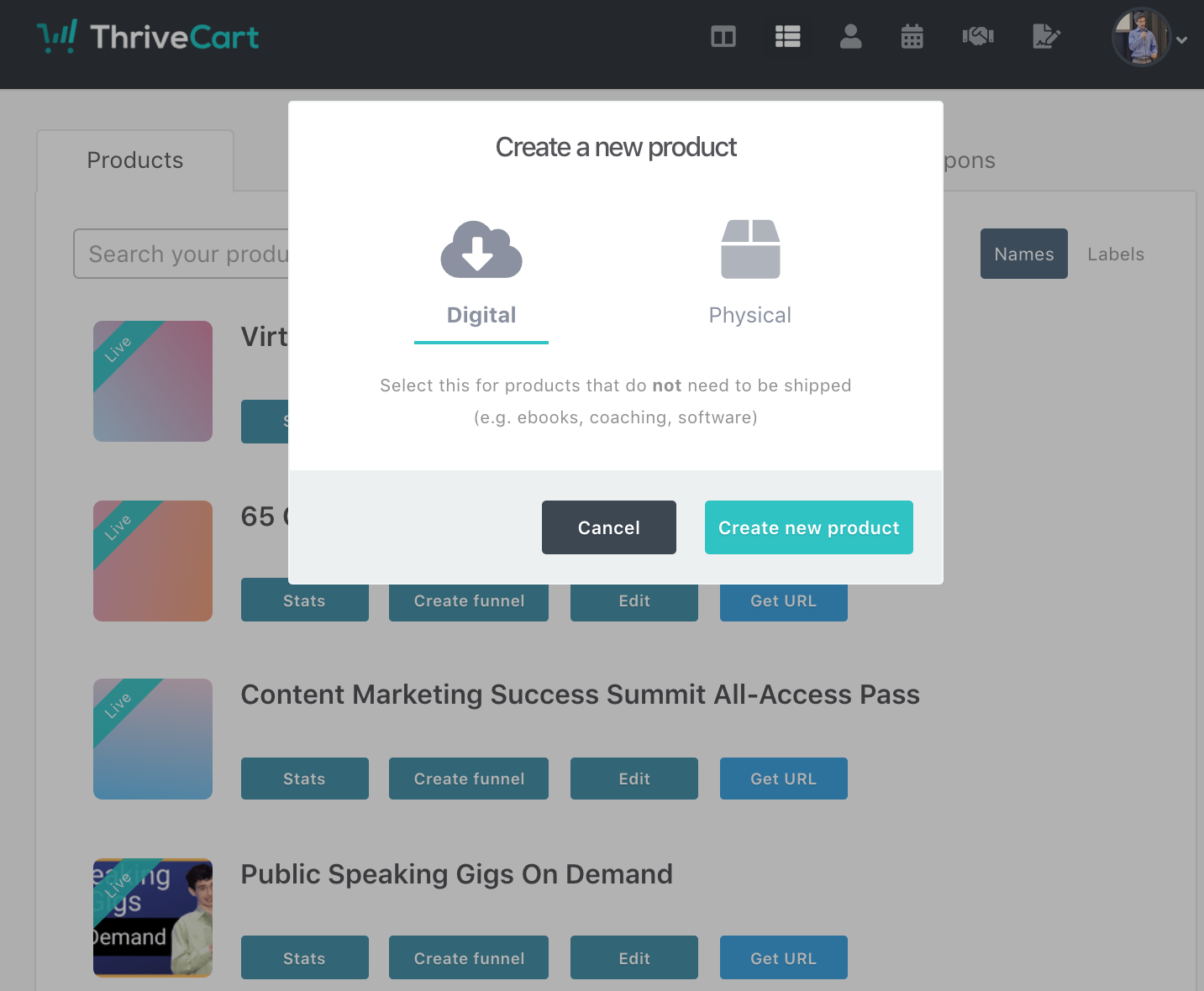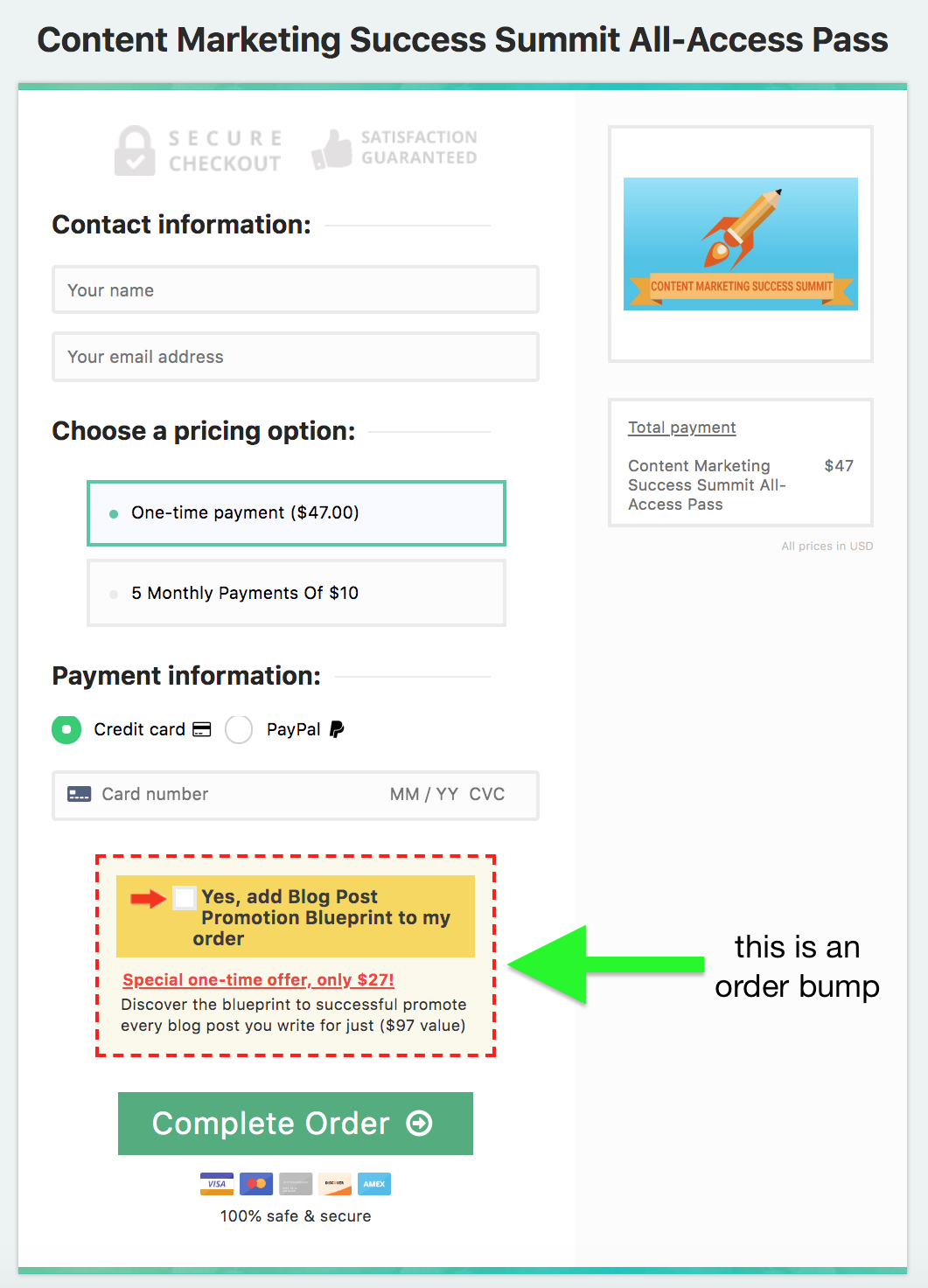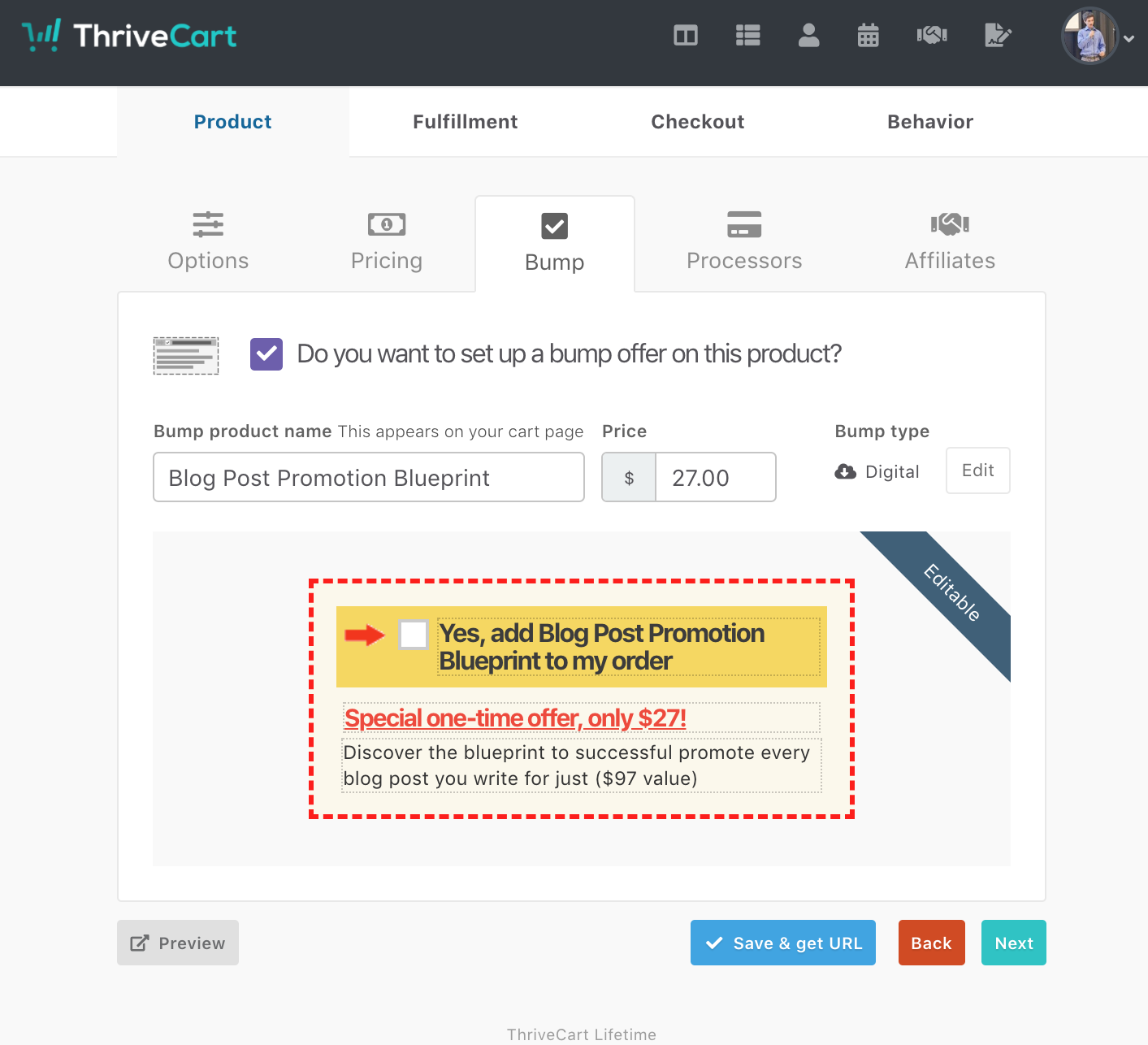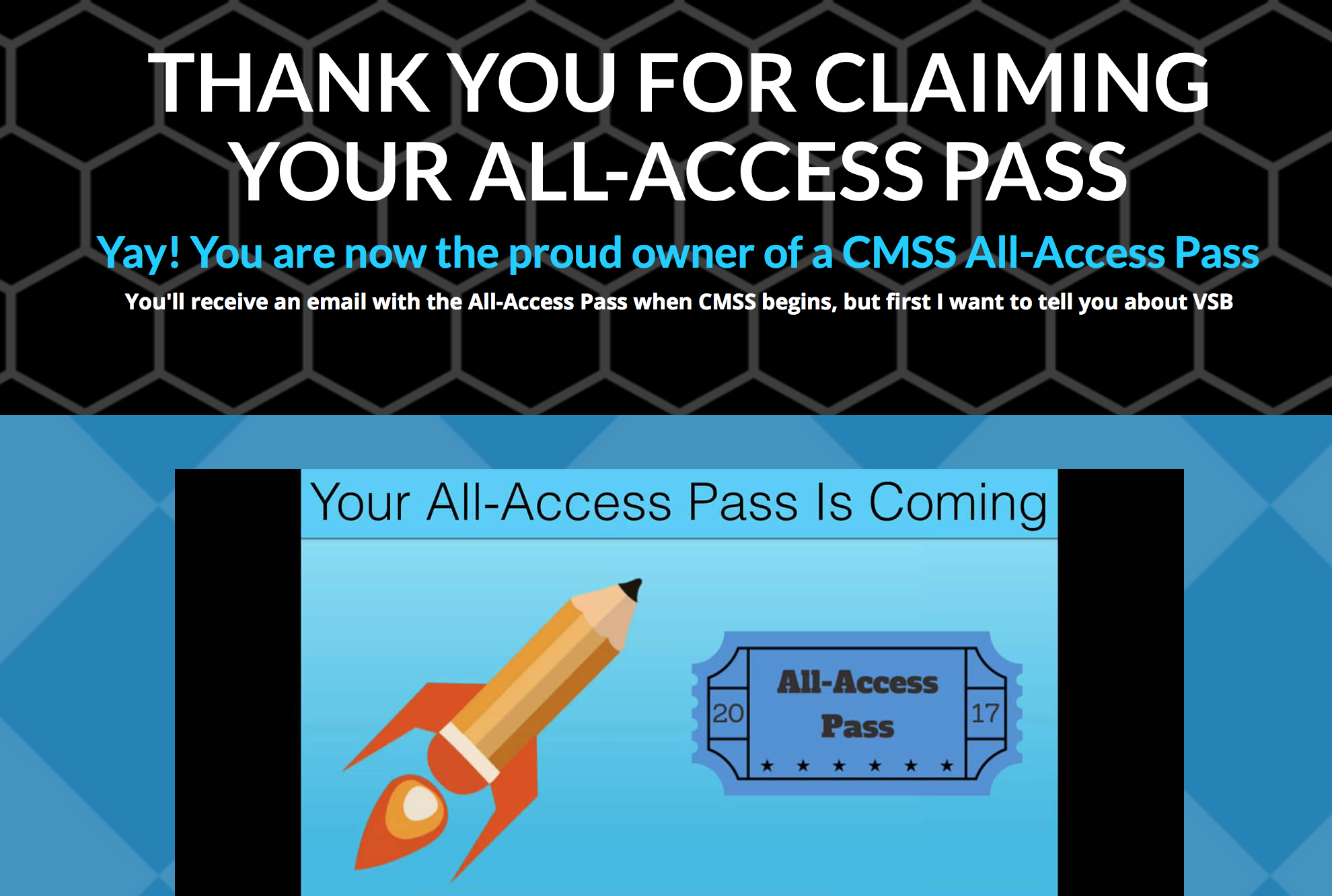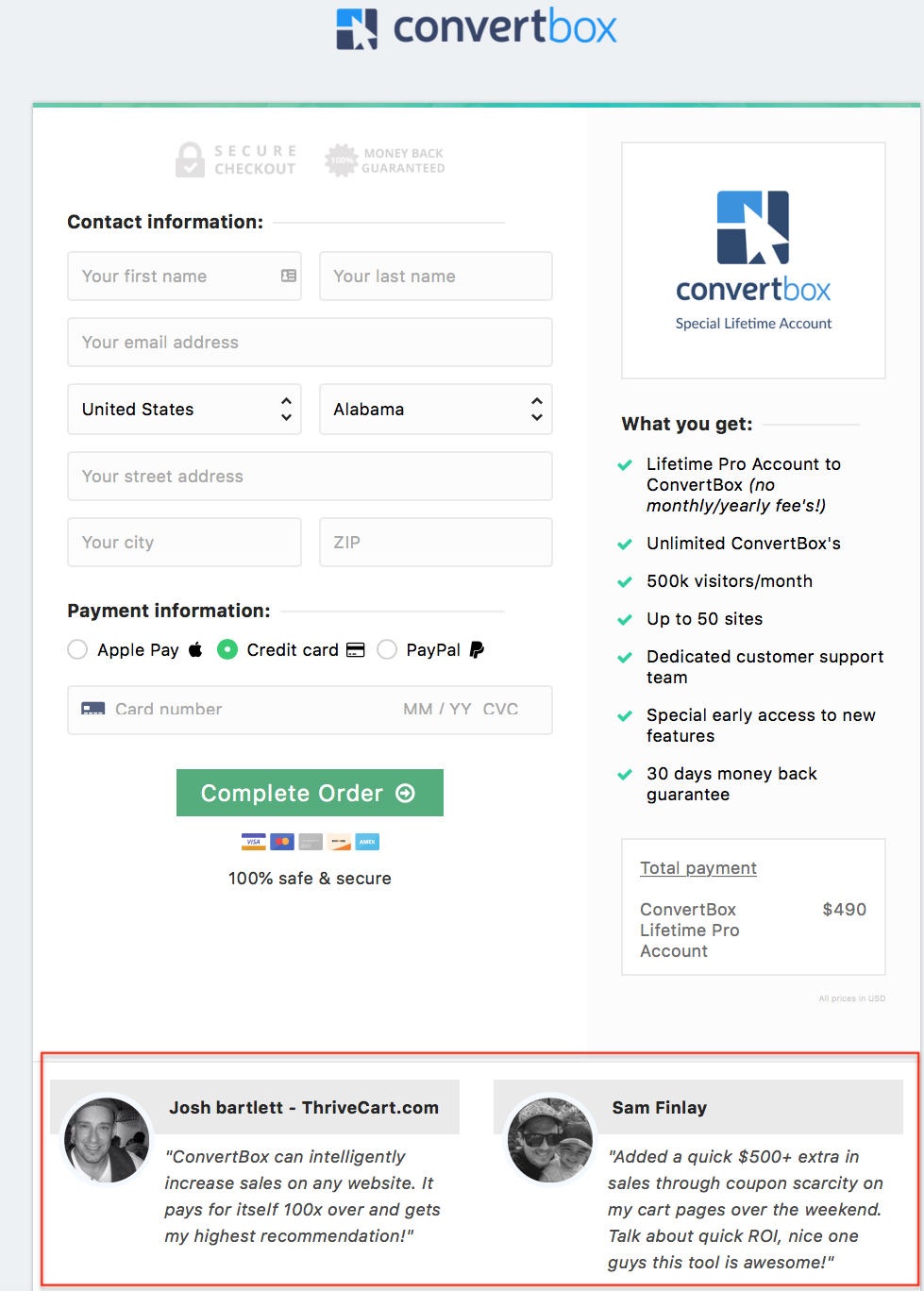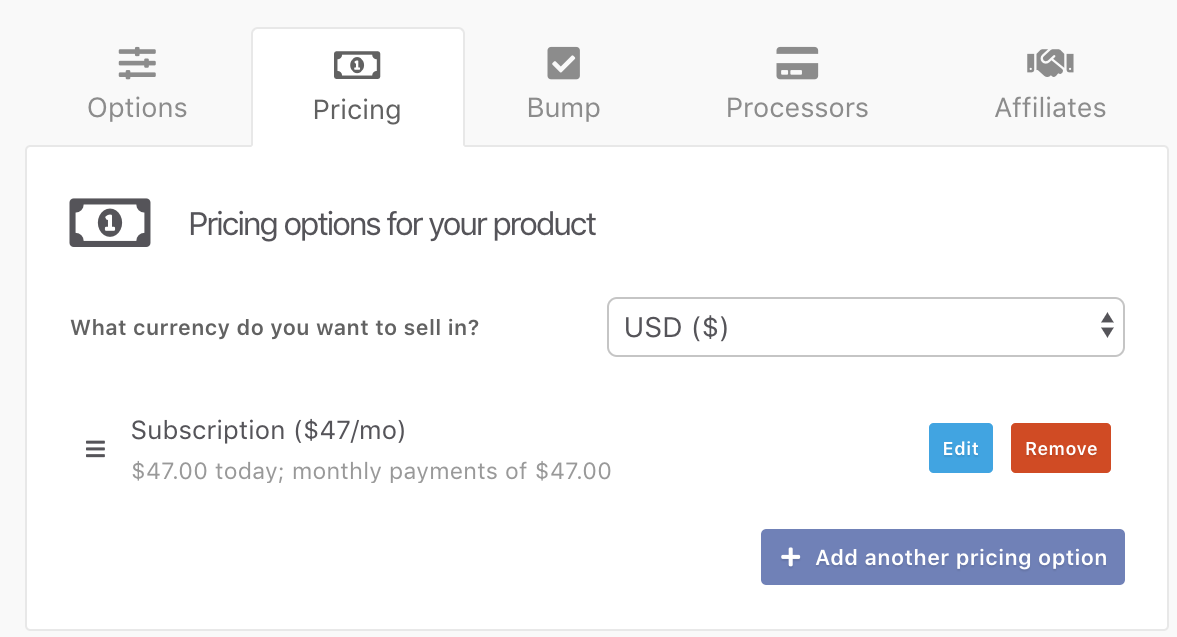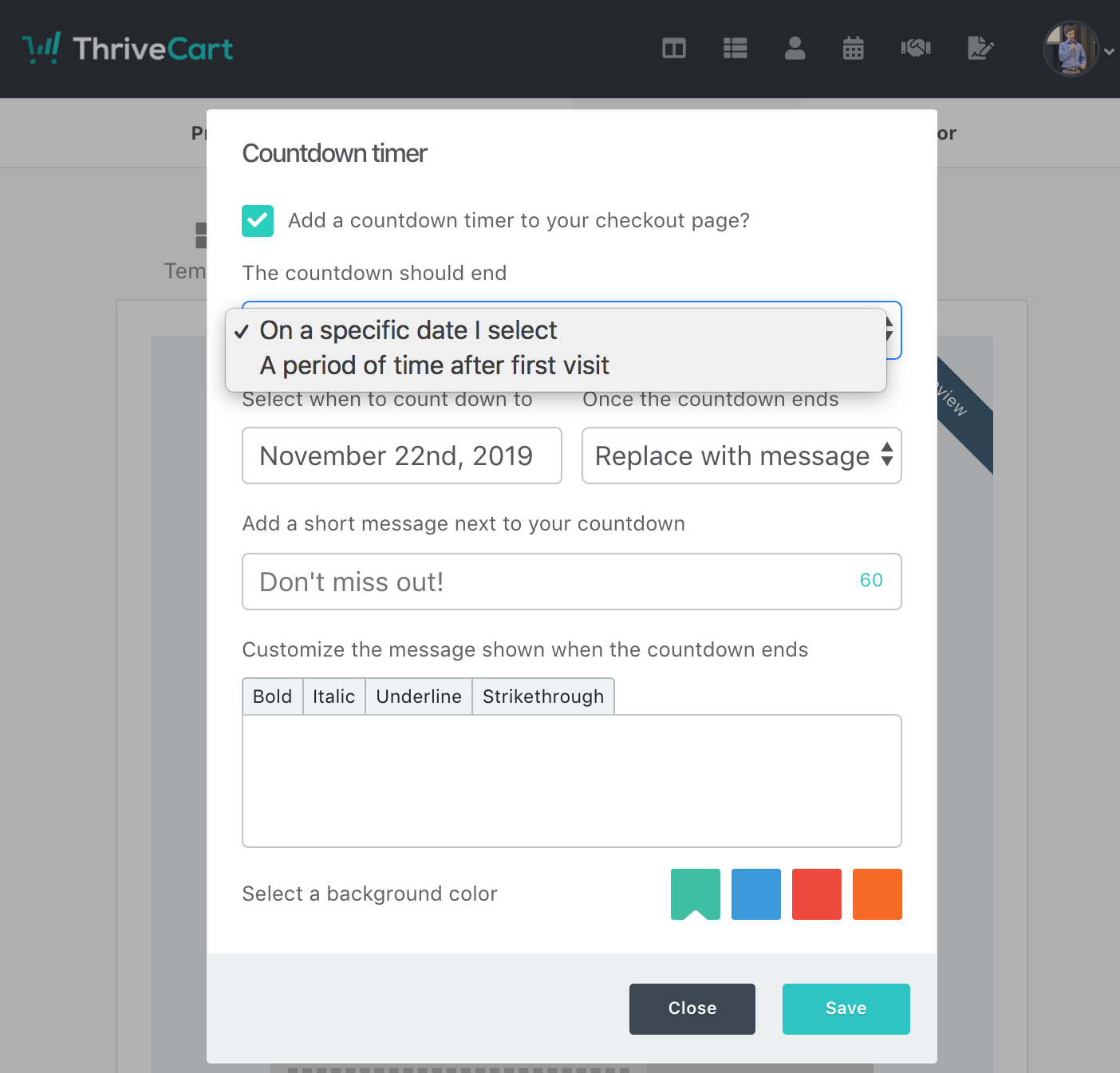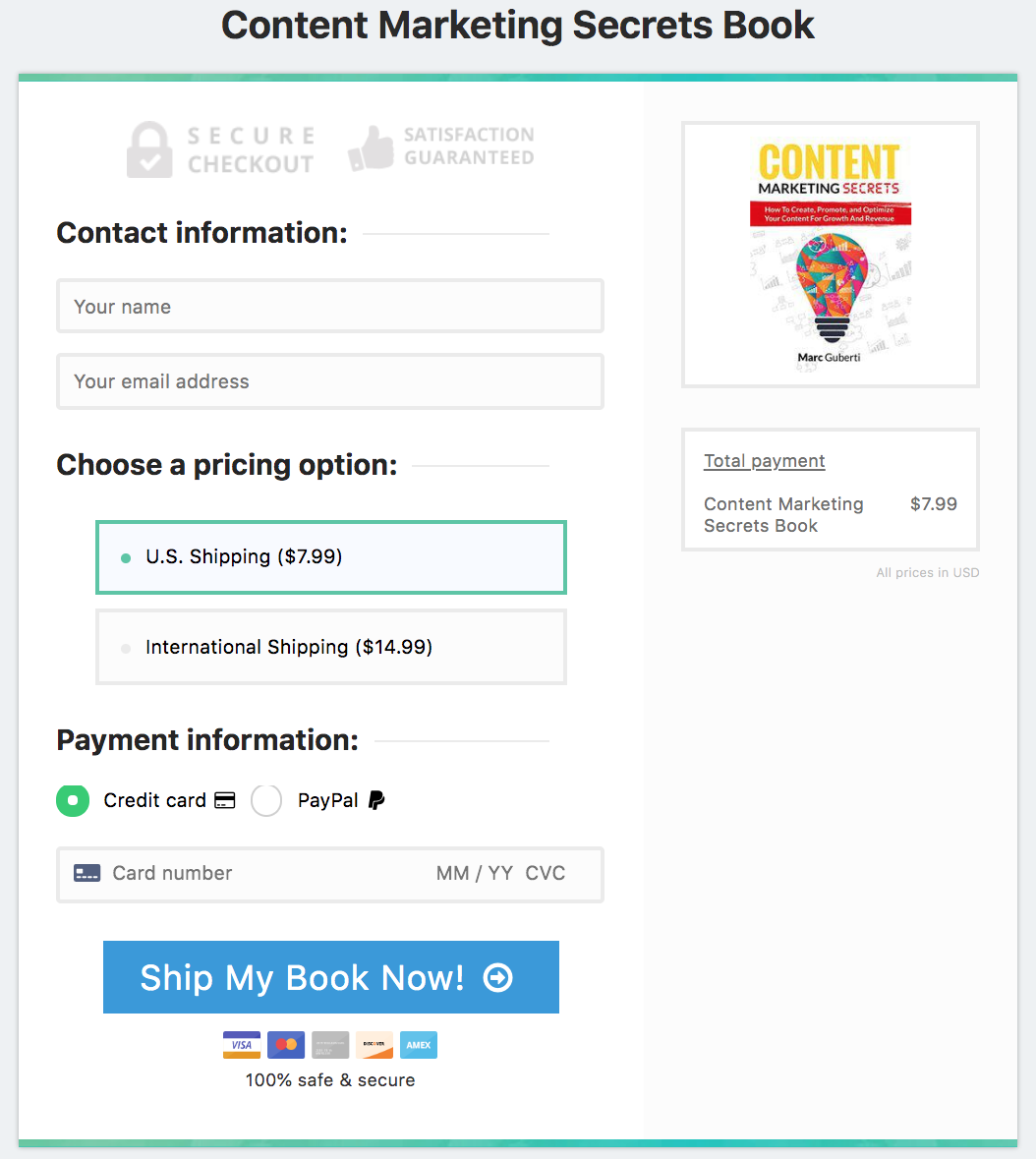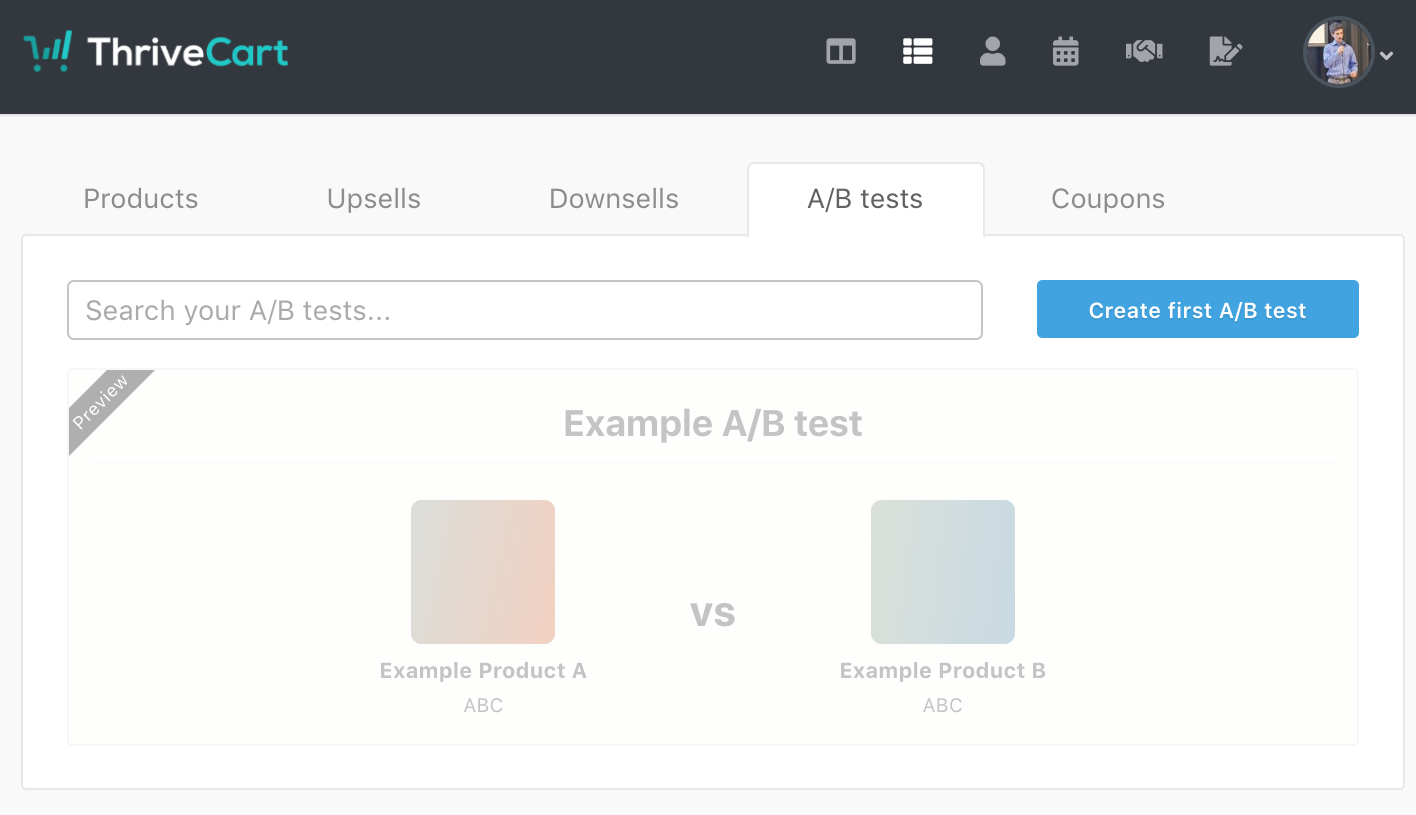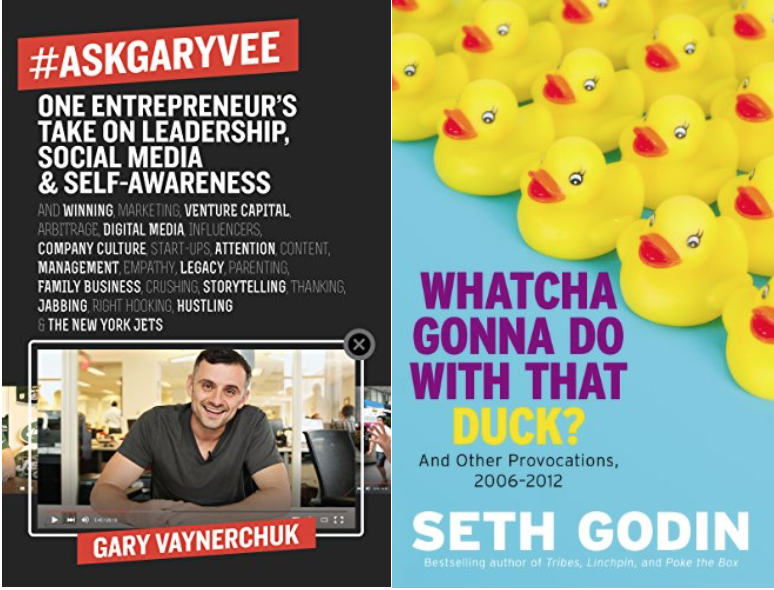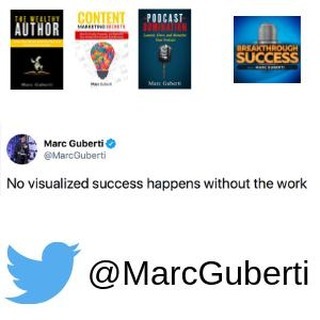
I’ve written about this topic several times. Most bloggers aim for a perfect blog post length. They believe that writing a certain number of words will help them gain more traction. Many experts peg it at 2,000+ words for a blog post to rank well on search engines.
It’s with this mentality where it’s easy to craft long blog posts thinking that’s what it takes to become successful. However, this frame of thinking prevents bloggers from looking at the bigger picture.
If you want to turn your blog into a business, you must treat it like a business. Each blog post you produce is an asset. They all take up your time and some of them require an investment too (you might hire someone to write the blog post or use a paid tool like Canva Pro for your pictures).
Some blog posts will provide higher returns than others, but the amount of time and money you put into each blog post determines your ROI.
Not every blog post is a winner. In fact, most of them fall flat. 90% of your blog traffic is going to come from 10% of your blog posts. You’ll get a spike in traffic if you promote it when it comes out, but most blog posts die out soon after.
The goal of each blog post is to build trust with your existing audience and reach new people in the process. If you can achieve the same goal with a 500 word blog post as you would with a 2,000 word blog post, why write the extra 1,500 words when you could end up with 4 blog posts instead?
If the next blog post you publish doesn’t do well, it would feel better if it were a 1,000 word blog post rather than a 5,000 word blog post with detailed research.
The blog is just one step in the relationship. You need enough time to cater to your readers while developing the other stages of the relationship building process that eventually result in sales and revenue.
If you can fulfill the promise of your blog post in 300 concise words rather than 1,000 words of filler, why write the extra 700 words? You already accomplished your mission.
Most of my blog posts are around 1,000 words but I don’t follow that rule for everything I write. The length of your blog posts isn’t the important part. The frequency of your blog posts and the value you provide are the two key areas that matter. The more you show up, the more people will come back to your blog again and again.

